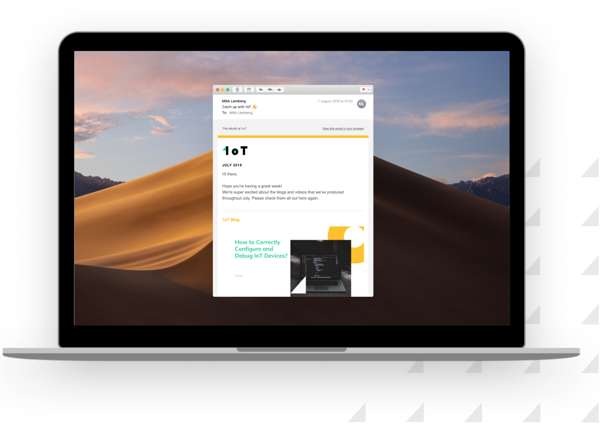One of these things is the choice between the two different types of SIMs: steered and non-steered. This article will explain the main differences between these two types and help you choose the best one for your IoT business.
What is a multi-network roaming SIM?
The most common SIMs used for IoT businesses are called multi-network roaming SIMs. Before we dive into understanding the differences between steered and non-steered, it is crucial to understand what a multi-network roaming SIM is.
A SIM that can do data or SMS on multiple networks in any given country is called a multi-network roaming SIM.
What is steering?
Steering is a process used by carriers to push SIMs to connect to a specific predefined network. The goal is to save on operations' cost and earn larger margins by setting the SIM to a low-cost network. Sometimes at the expense of network quality.
Steered SIM cards have a list of primary roaming networks that dictate which network the SIM connects while roaming in any given country. Therefore, Steered SIMs connect to the predefined networks even if stronger and better quality networks are available. This takes away the flexibility and reduces the effectiveness required for a successful IoT business.
We do not recommend using steered SIM cards for most IoT use cases. The predefined network list raises the chance of conflicts when devices try to switch networks during a network outage. It might mean interruption of connectivity services, which can be damaging for the business.
Non-steered SIMs
Non-steered SIMs do not have any predefined preference on their networks list. Instead, these SIMs automatically arrange a list of all the available networks and are free to connect to the strongest and best possible network in any given area.
Compared to steered SIMs, non-steered SIMs have the highest probability of continued service in any possible network outages on the roaming networks. Non-steered SIMs do not have any conflicting configurations that might hinder switching networks in poor connection quality.
We strongly recommend using non-steered SIM cards for all IoT businesses to ensure their IoT devices' best performance. It is critical to use non-steered SIMs for use cases that cannot afford to be disconnected or suffer from low-quality networks.
What type of SIMs does 1oT provide?
At 1oT, we provide non-steered SIM cards as we strive to provide the best possible service and quality to our customers.
Are 1oT eSIMs steered or non-steered?
1oT eSIM as a card itself doesn’t define the steering or non-steering.
To give you an example,
- eSIM Carrier Profile A can be non-steered, but
- eSIM Carrier Profile C can be steered.
So, the answer depends on the active carrier profile. As 1oT offers complete flexibility to run a global IoT business, all 1oT eSIM carrier profiles are non-steered.
Can I steer/manually select networks on the hardware level if I use non-steered SIMs?
We recommend our customers to configure their devices for automatic network registration. This way, the service is continuous even if a network failure occurs with one of the provided networks. However, our customers have complete freedom to manually steer their devices to any available networks on the hardware level.
If I have a non-steered SIM, can I access all networks?
With 1oT's non-steered SIMs, you will have access to all possible networks. The network selection depends on the strength and quality of the available network.
1oT provides coverage in over 190 countries and offers 700+ networks with 1oT eSIMs and 1000+ networks with 1oT SIMs. You are welcome to explore our SIM and eSIM options.
Contact us at sales@1oT.com if you have any questions.




